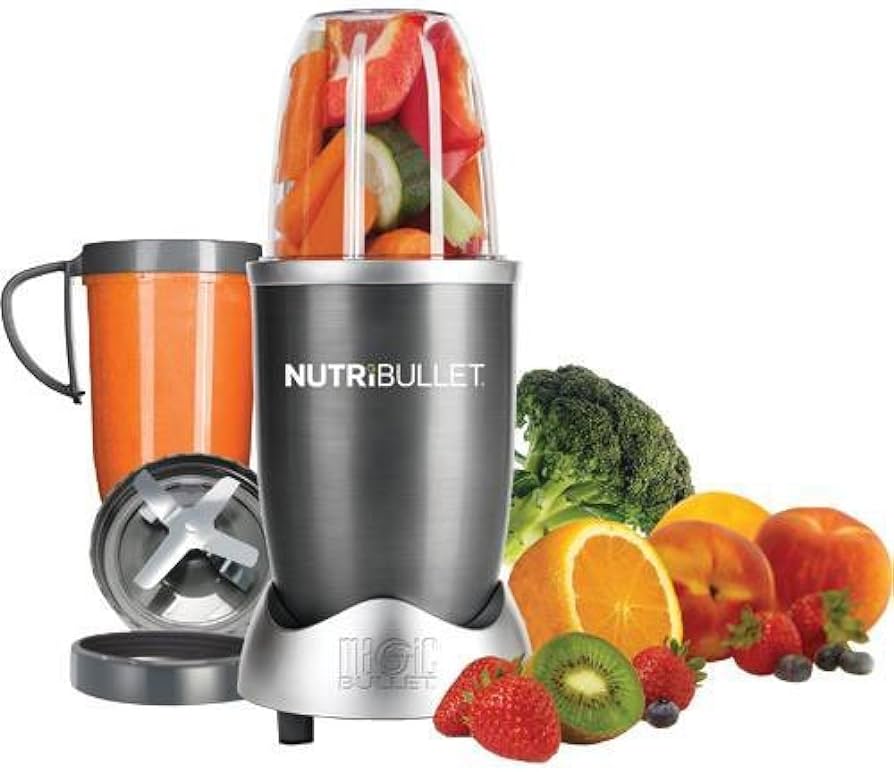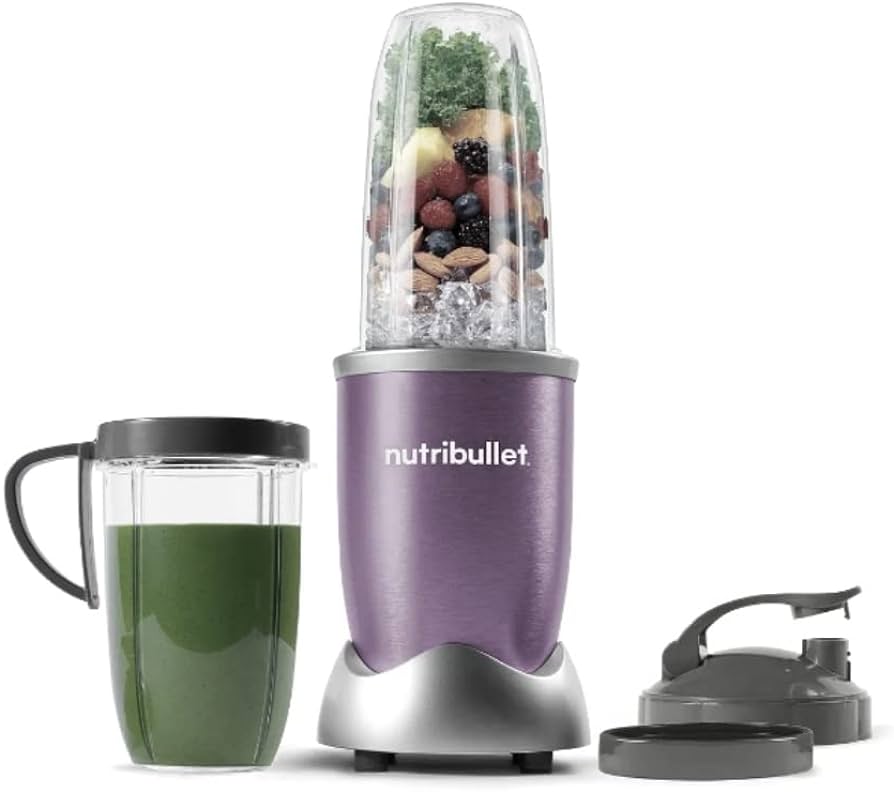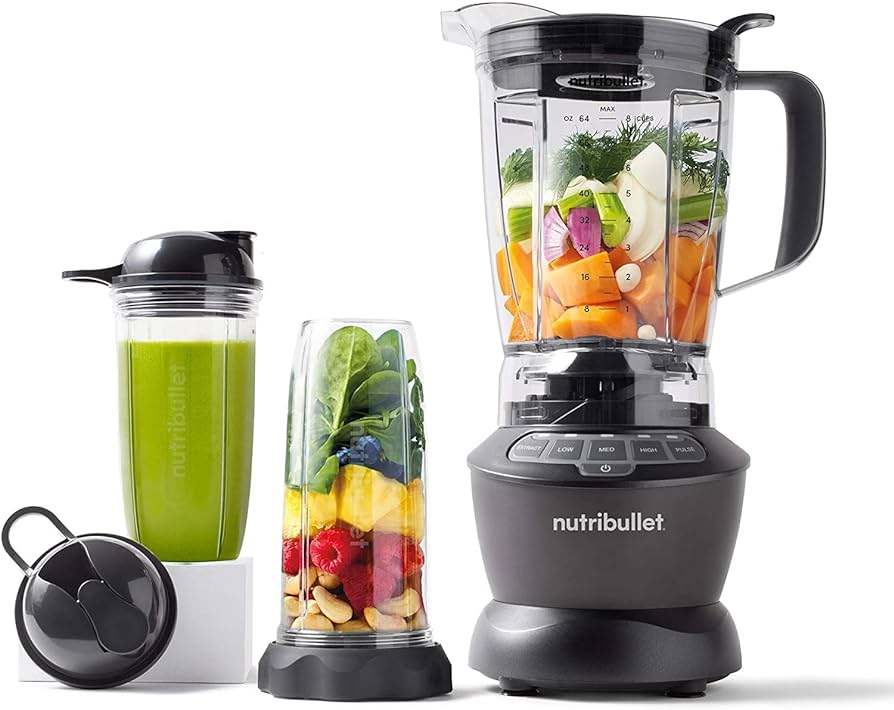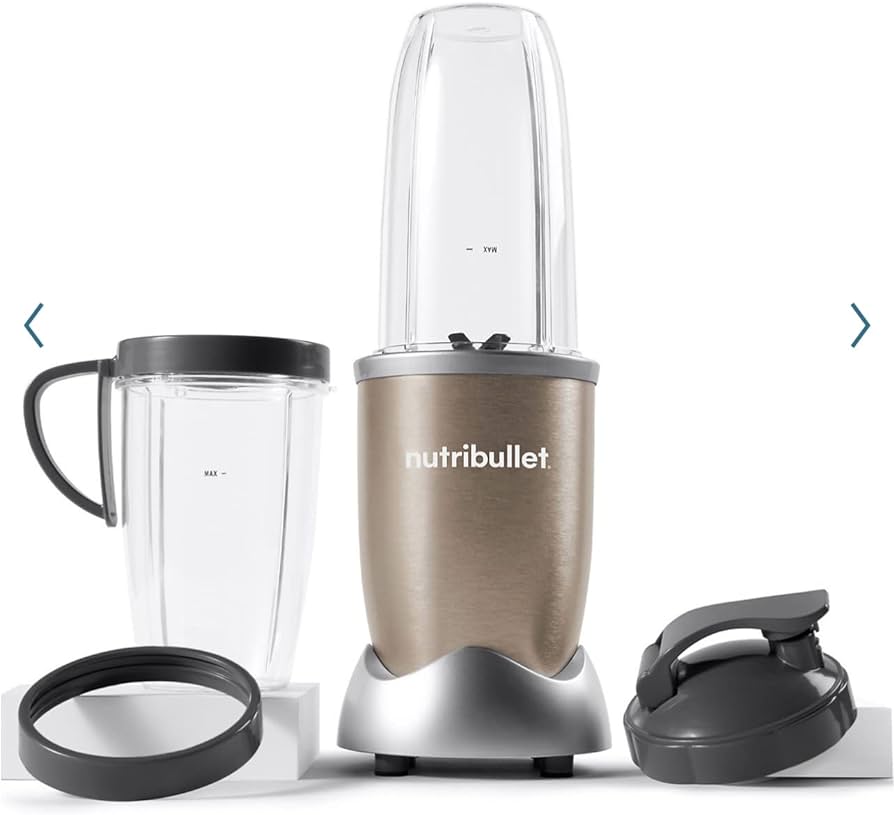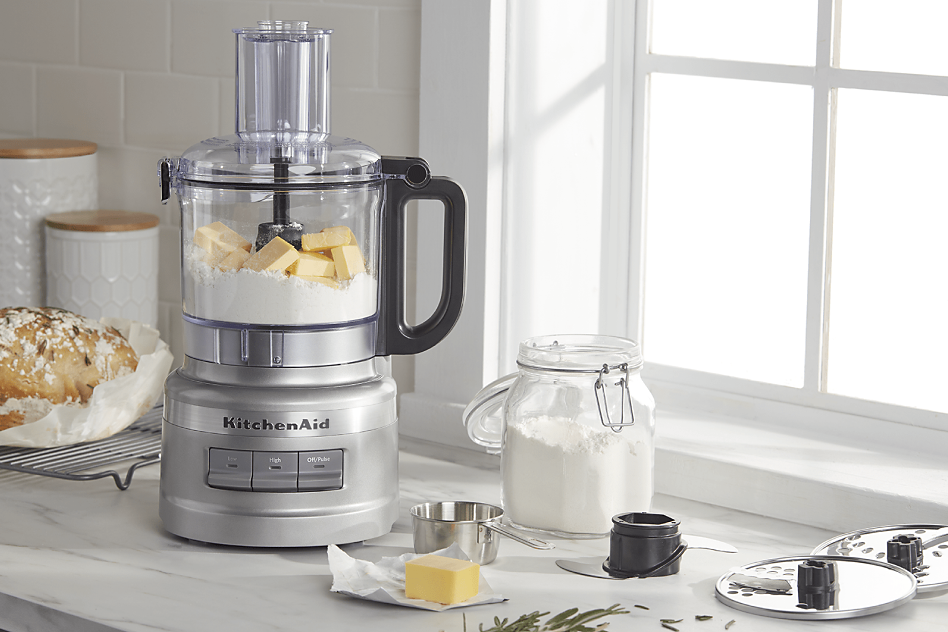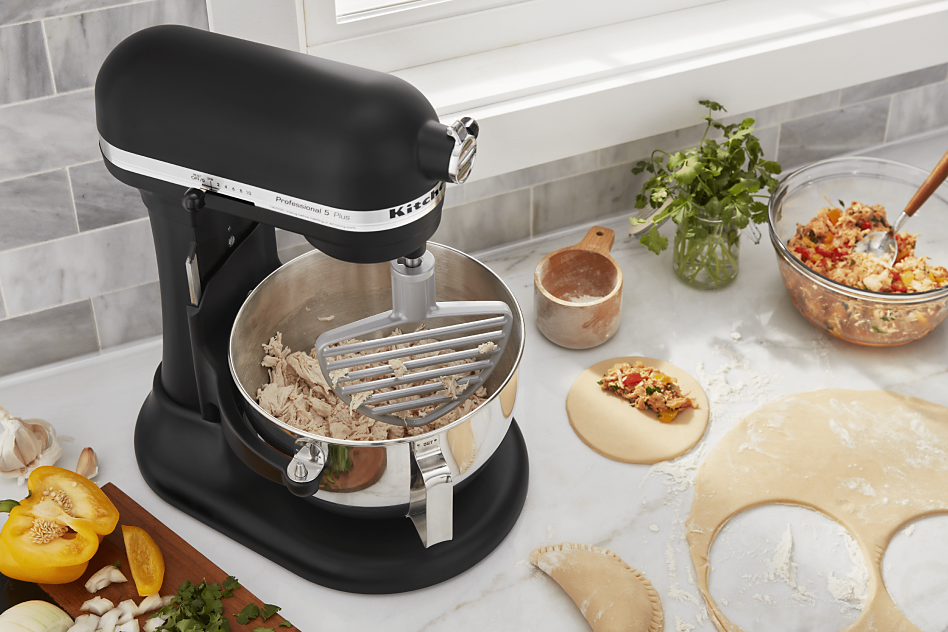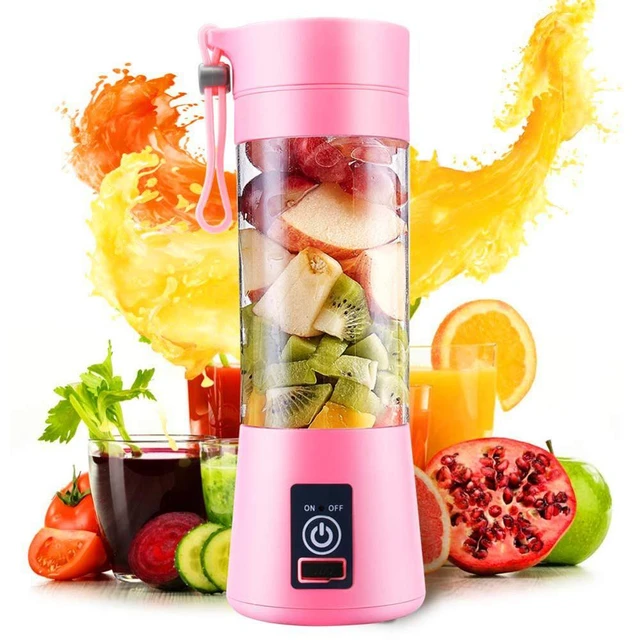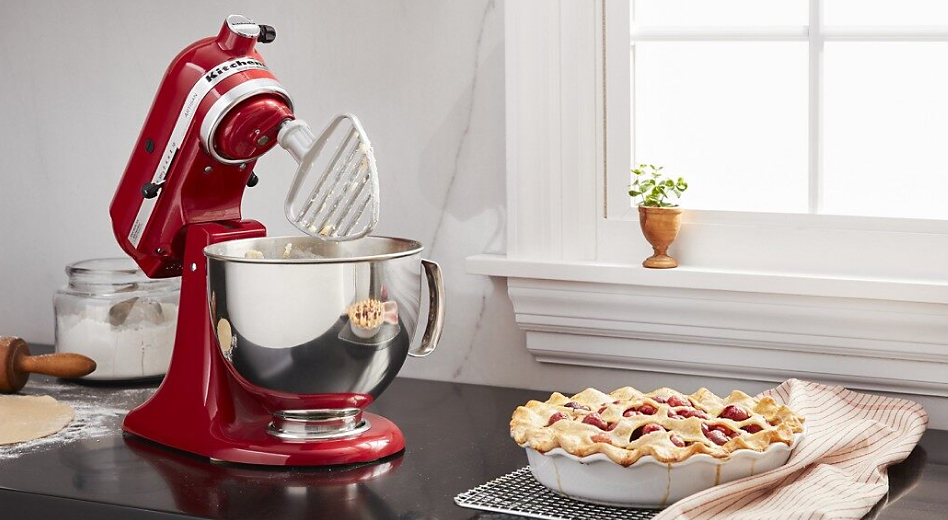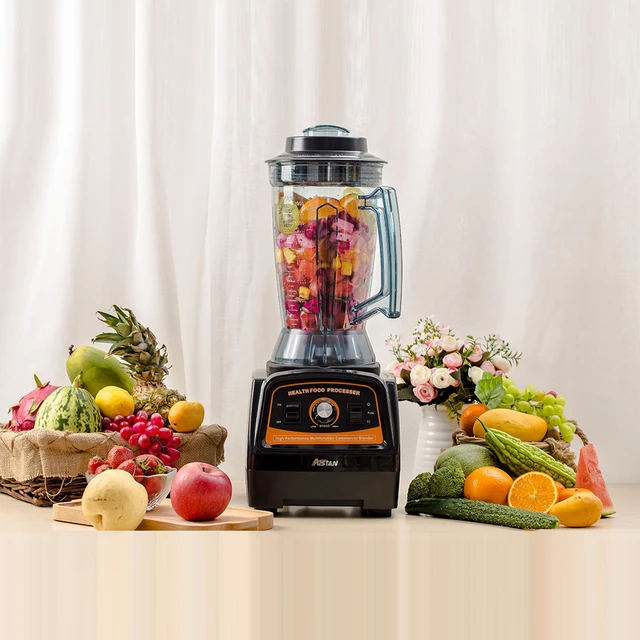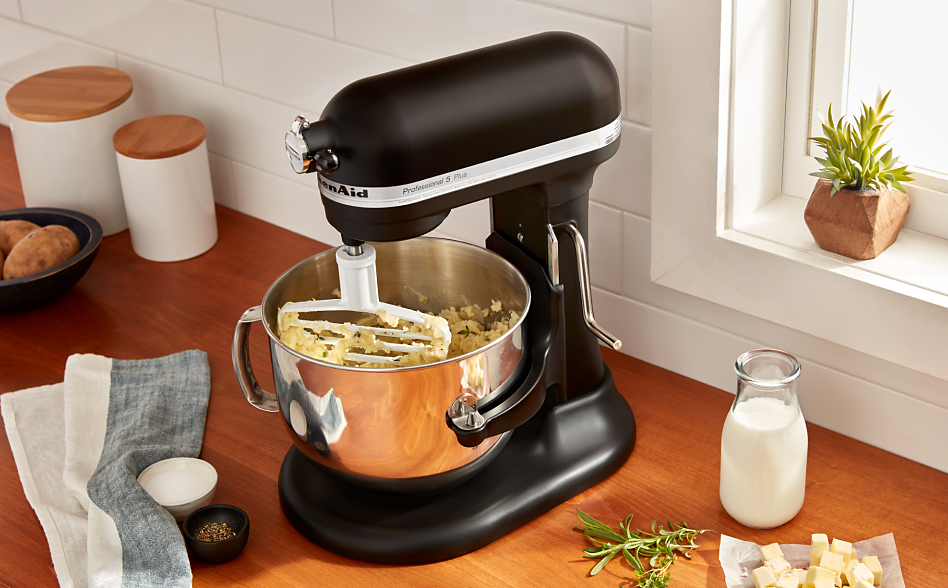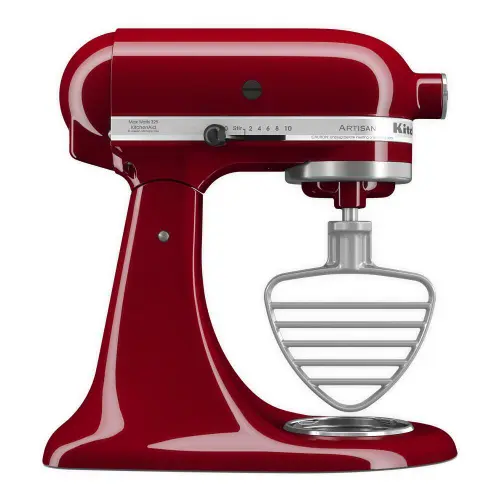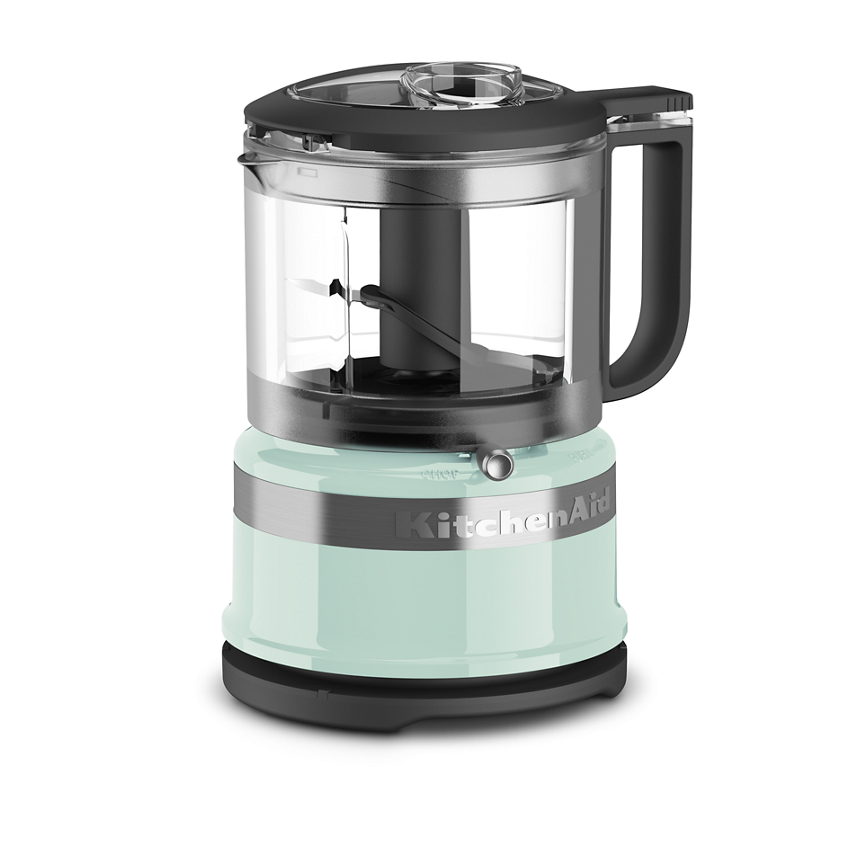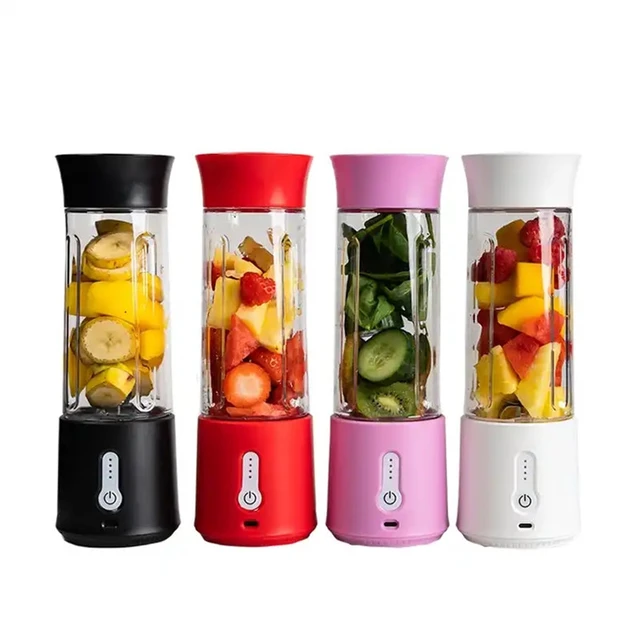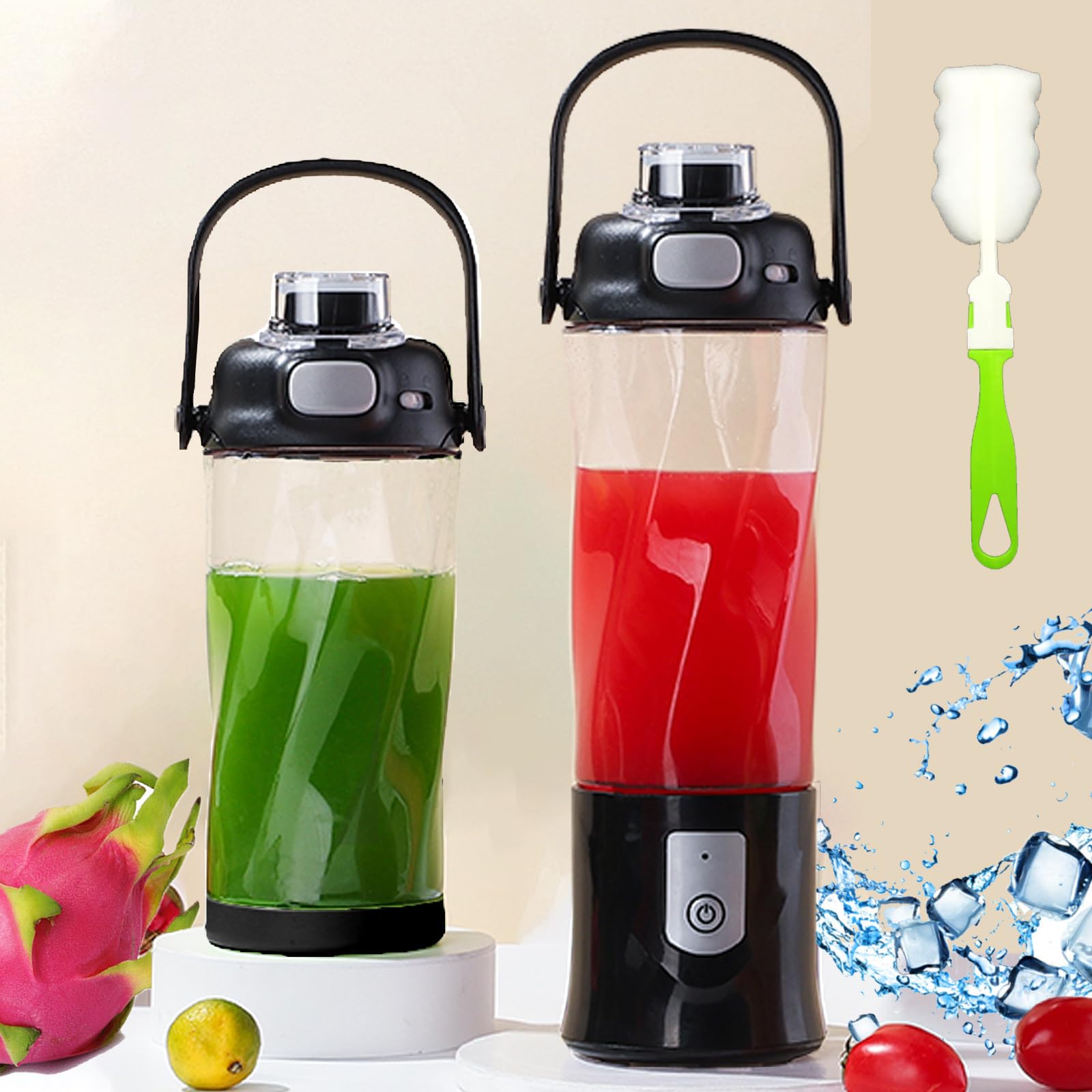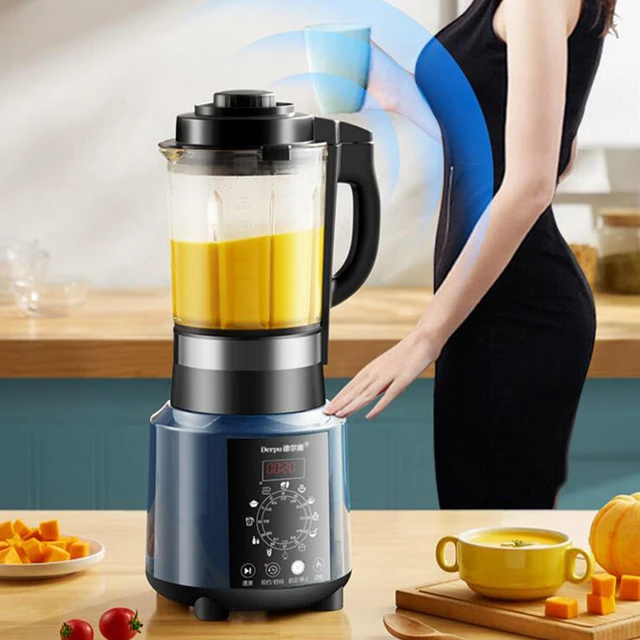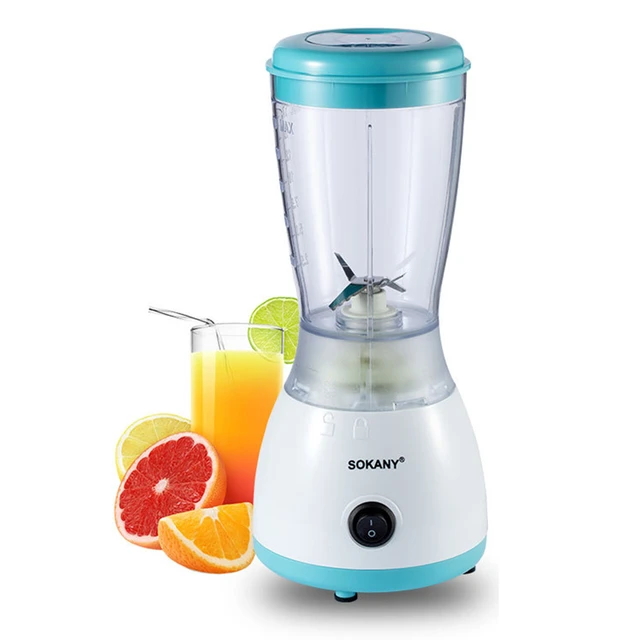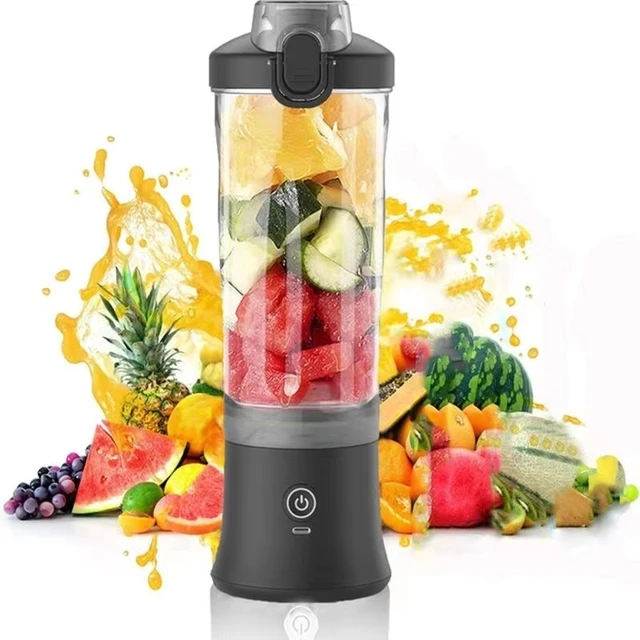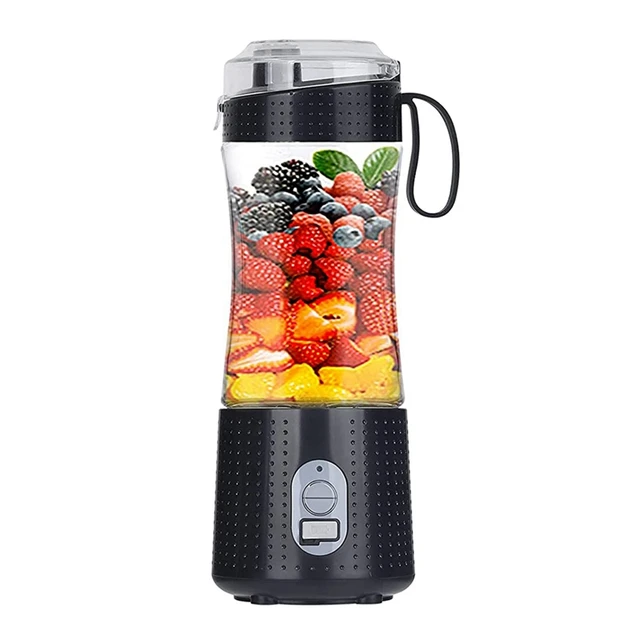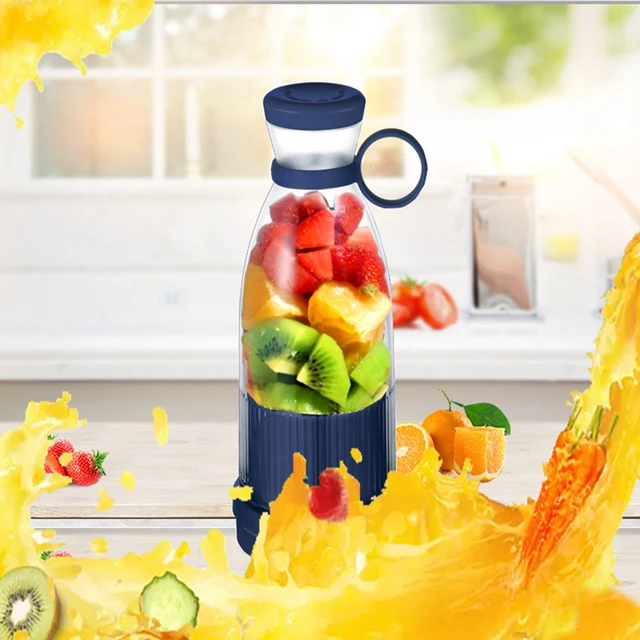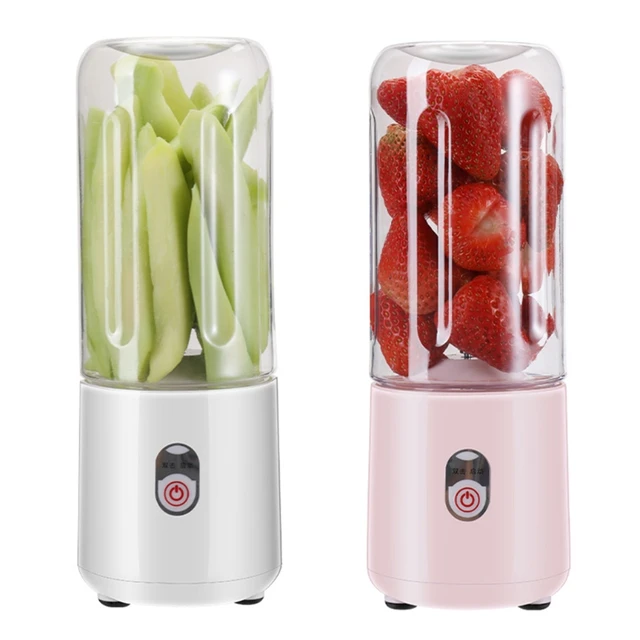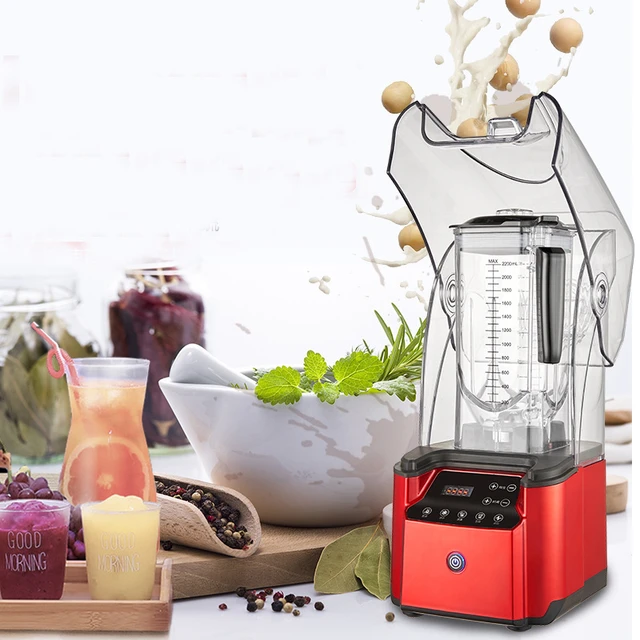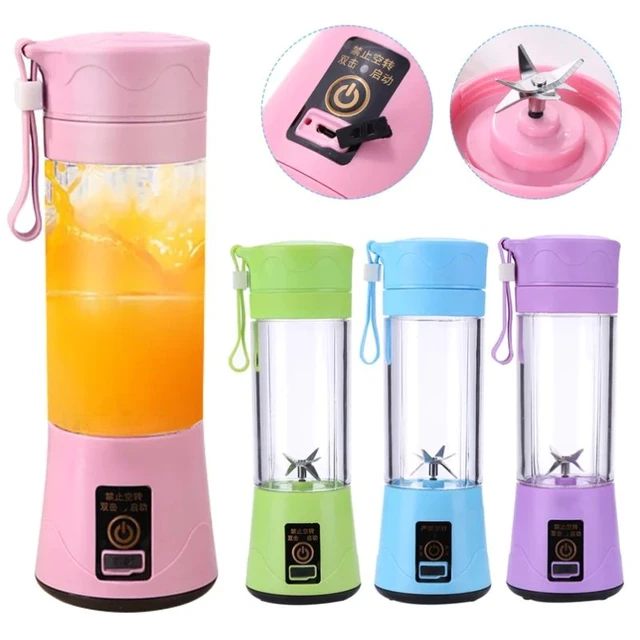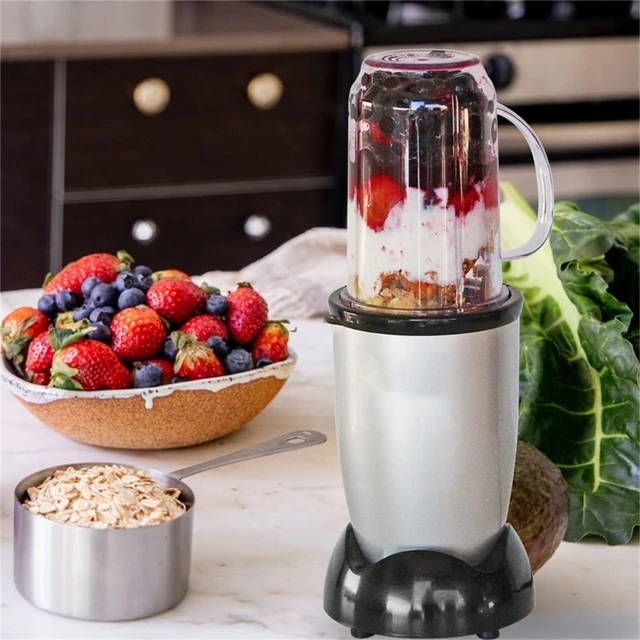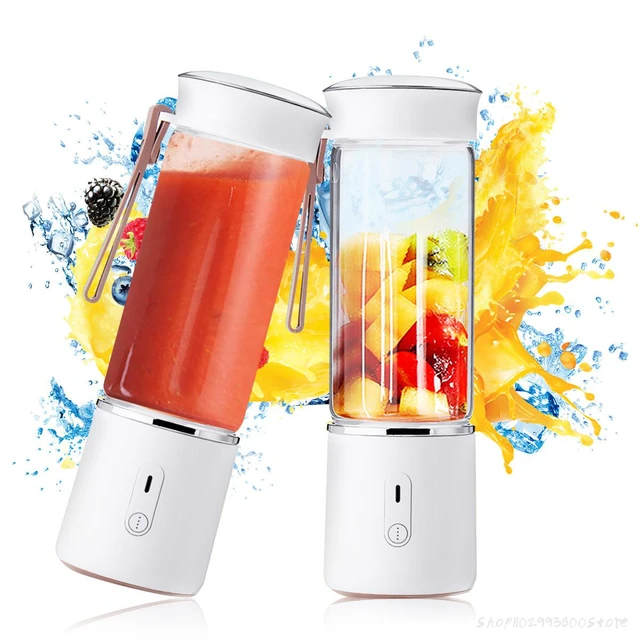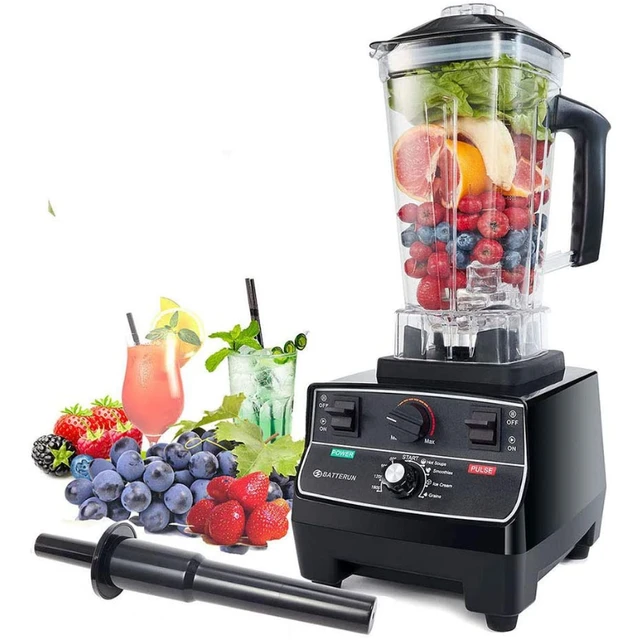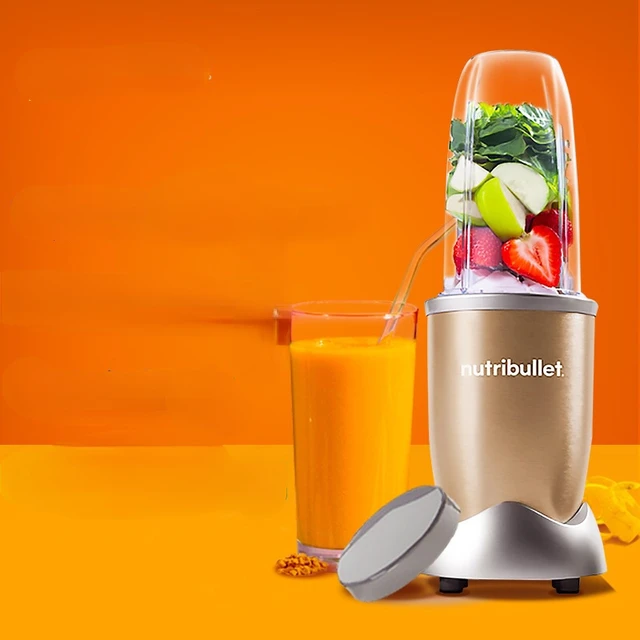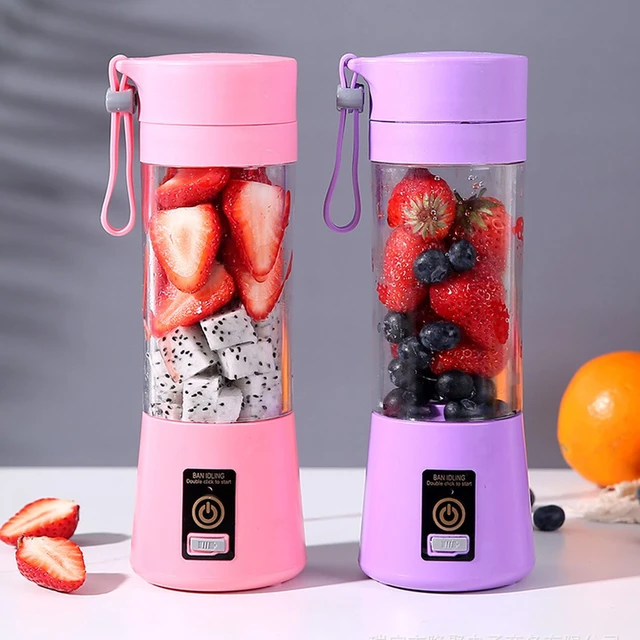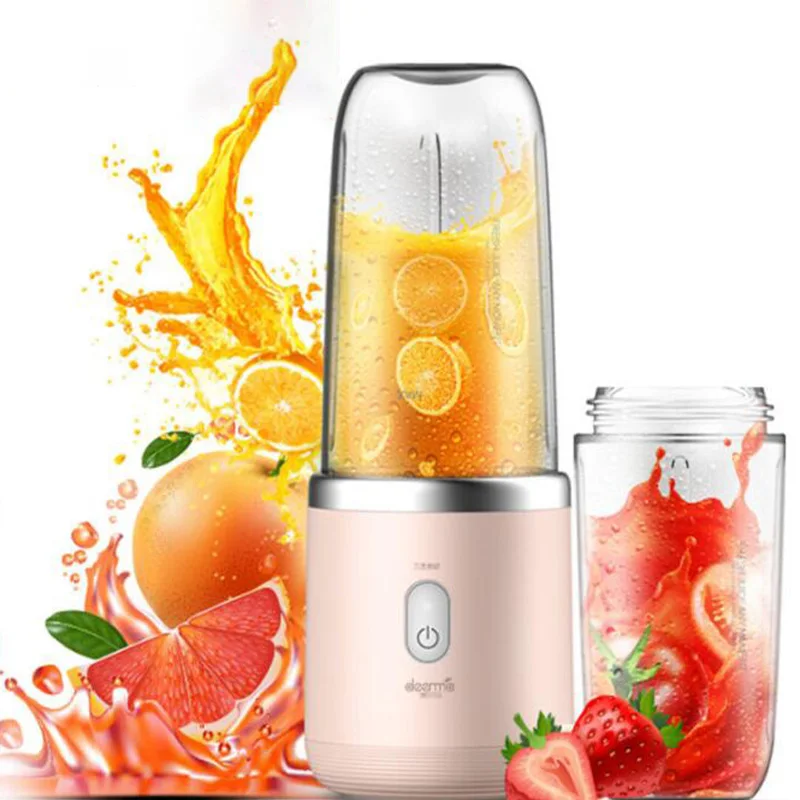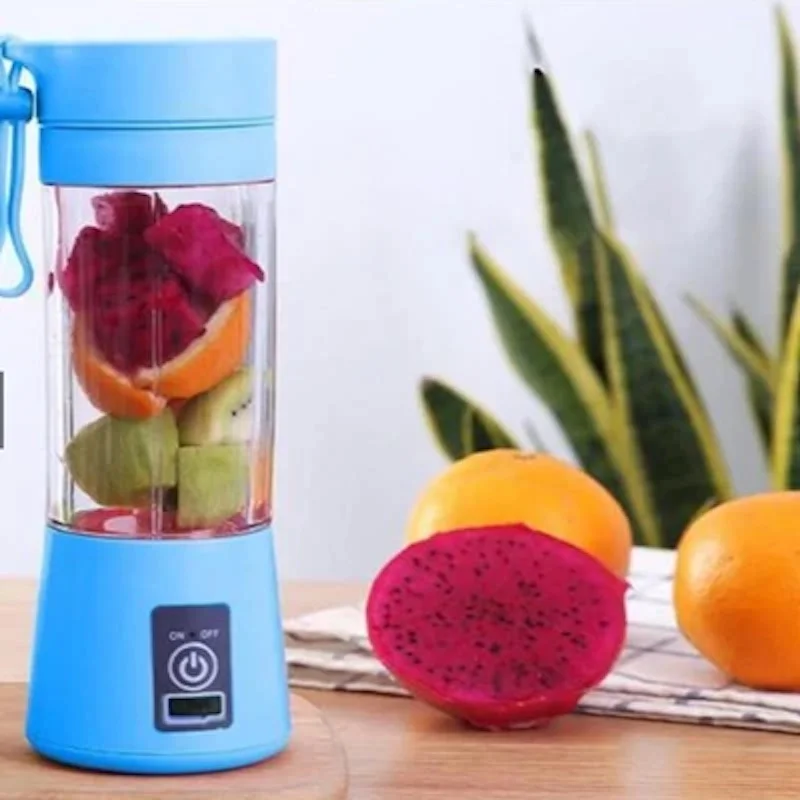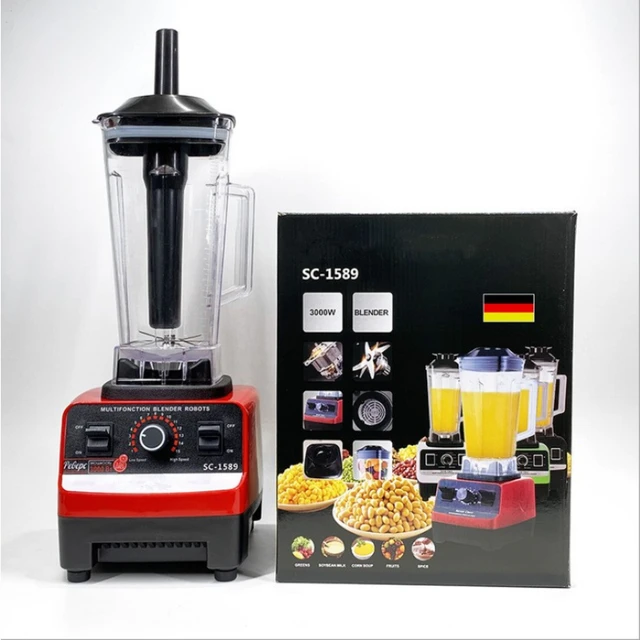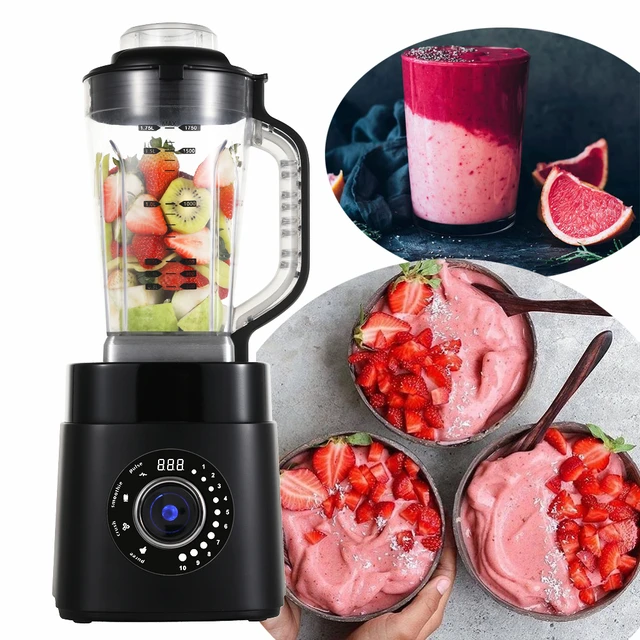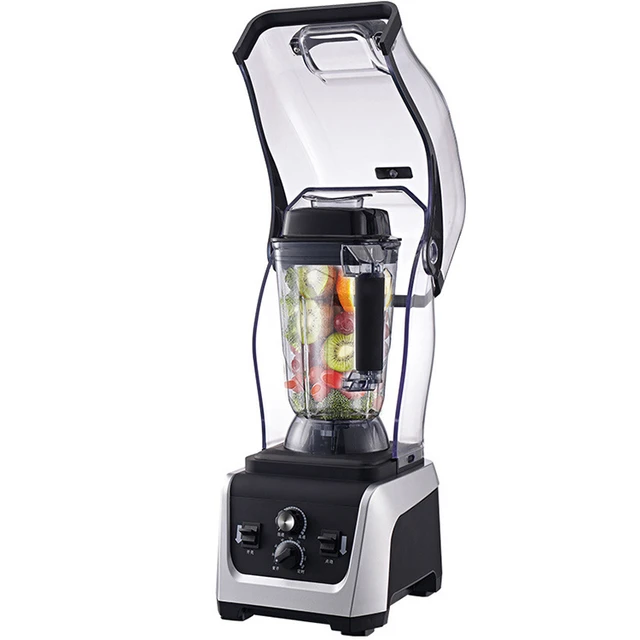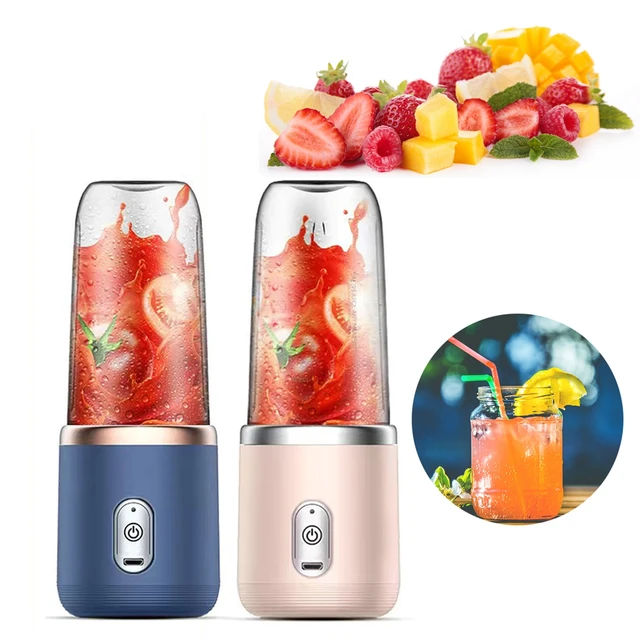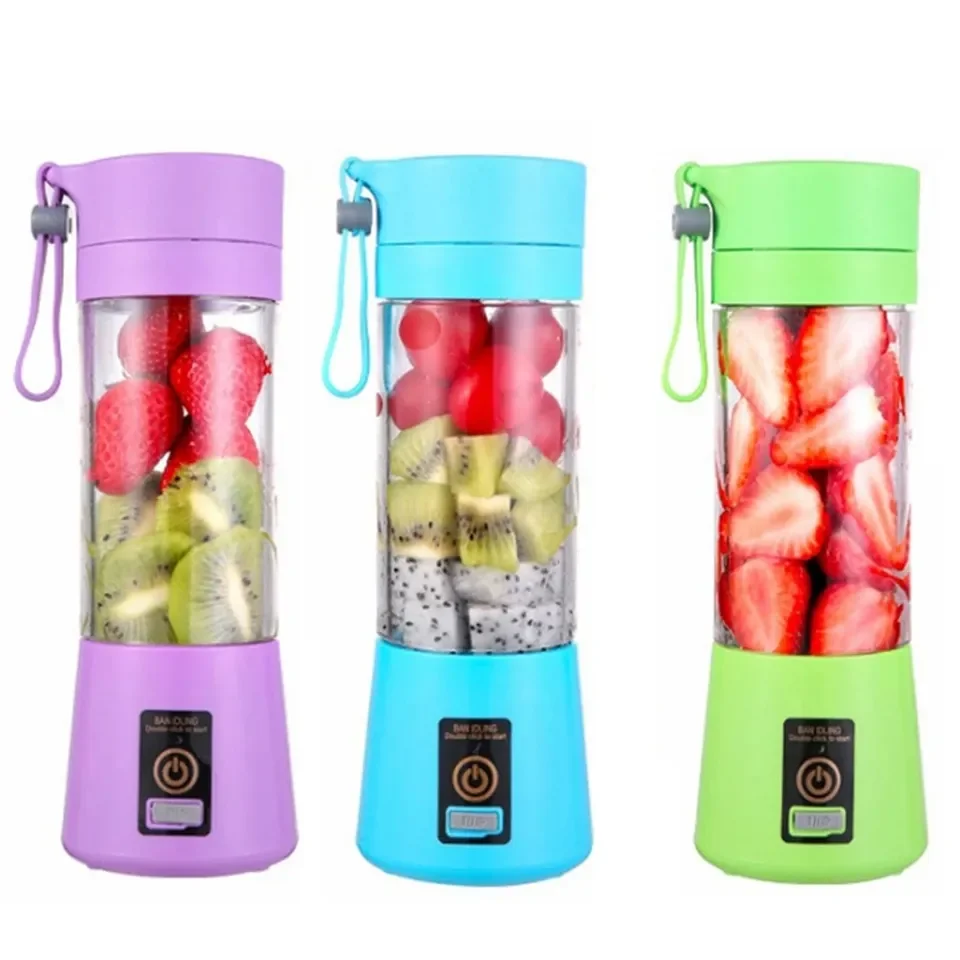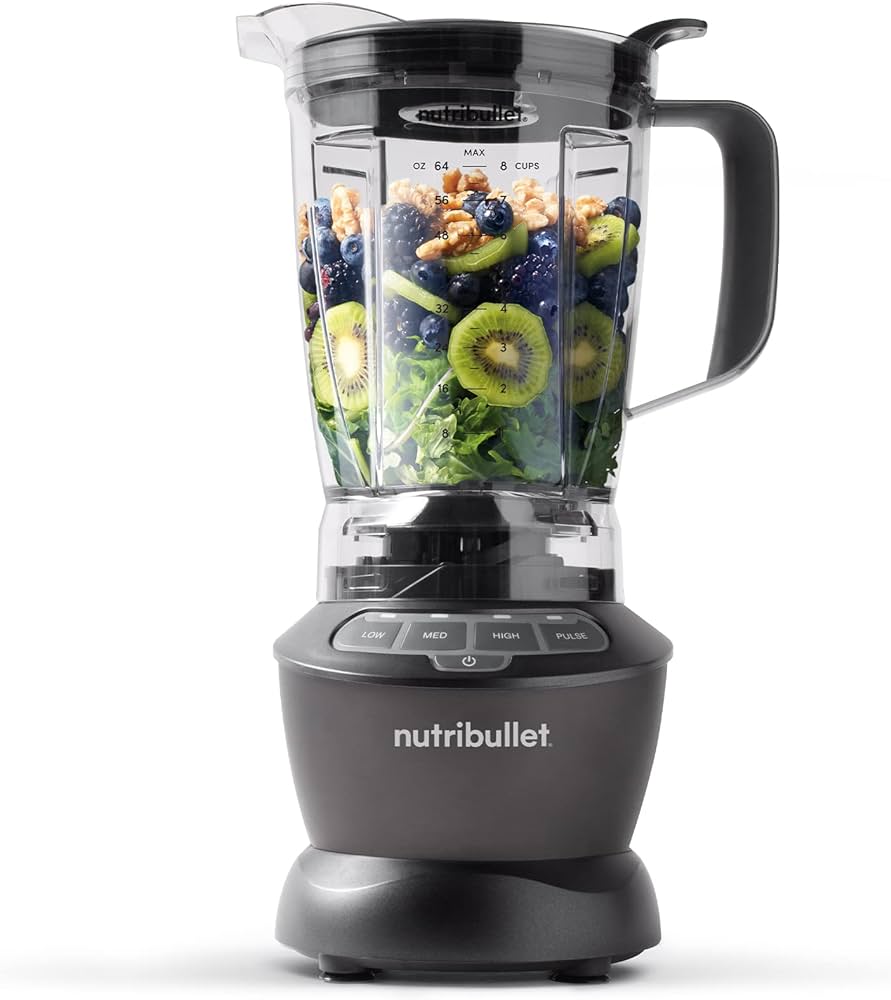
Introduction
The NutriBullet blender is renowned for its ability to effortlessly blend various ingredients into smooth and nutritious concoctions. One common question among NutriBullet users is whether the blender can effectively blend frozen fruit. Frozen fruit offers a convenient and versatile option for adding flavor, texture, and nutritional value to smoothies and other recipes. In this guide, we will explore the functionality of the NutriBullet blender when it comes to blending frozen fruit, addressing specific considerations, tips, and techniques to ensure successful blending.
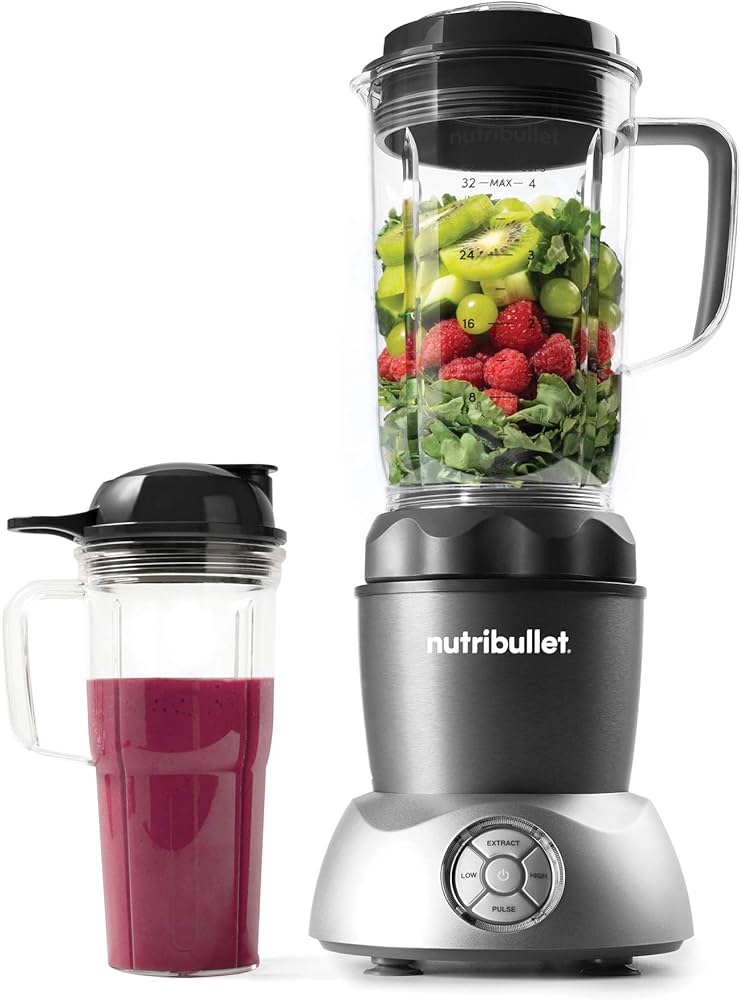
Can NutriBullet blend frozen fruit?
I. Blender Capability and Design
-
High-Powered Motor:
- The NutriBullet blender is equipped with a powerful motor engineered to handle various blending tasks, including blending frozen ingredients. The motor’s strength enables it to pulverize the frozen fruit, yielding a smooth and creamy consistency.
-
Durable Blades:
- The NutriBullet blender incorporates strong stainless steel blades that are designed to handle tough ingredients, including frozen fruit. These blades are specifically engineered to crush and blend frozen produce effectively.
II. Preparing Frozen Fruit for Blending
-
Proper Freezing Techniques:
- To ensure optimal blending results, it is important to freeze the fruit adequately. Cut the fruit into desired sizes, such as chunks or slices, and spread them out on a baking sheet or tray lined with parchment paper. Place the tray in the freezer for a few hours until the fruit is frozen solid before transferring them to storage containers or bags.
-
Selection of Fresh and Ripe Fruit:
- Choose fresh, ripe fruit for freezing to maximize flavor and nutritional value. Use fruits that are at their peak ripeness to ensure the best taste and texture when blended.
-
Freeze in Small Portions:
- Freezing the fruit in small portions can facilitate easier blending. By dividing the fruit into smaller quantities, it will distribute more evenly within the blender, making it easier for the blades to pulverize it into a smooth consistency.
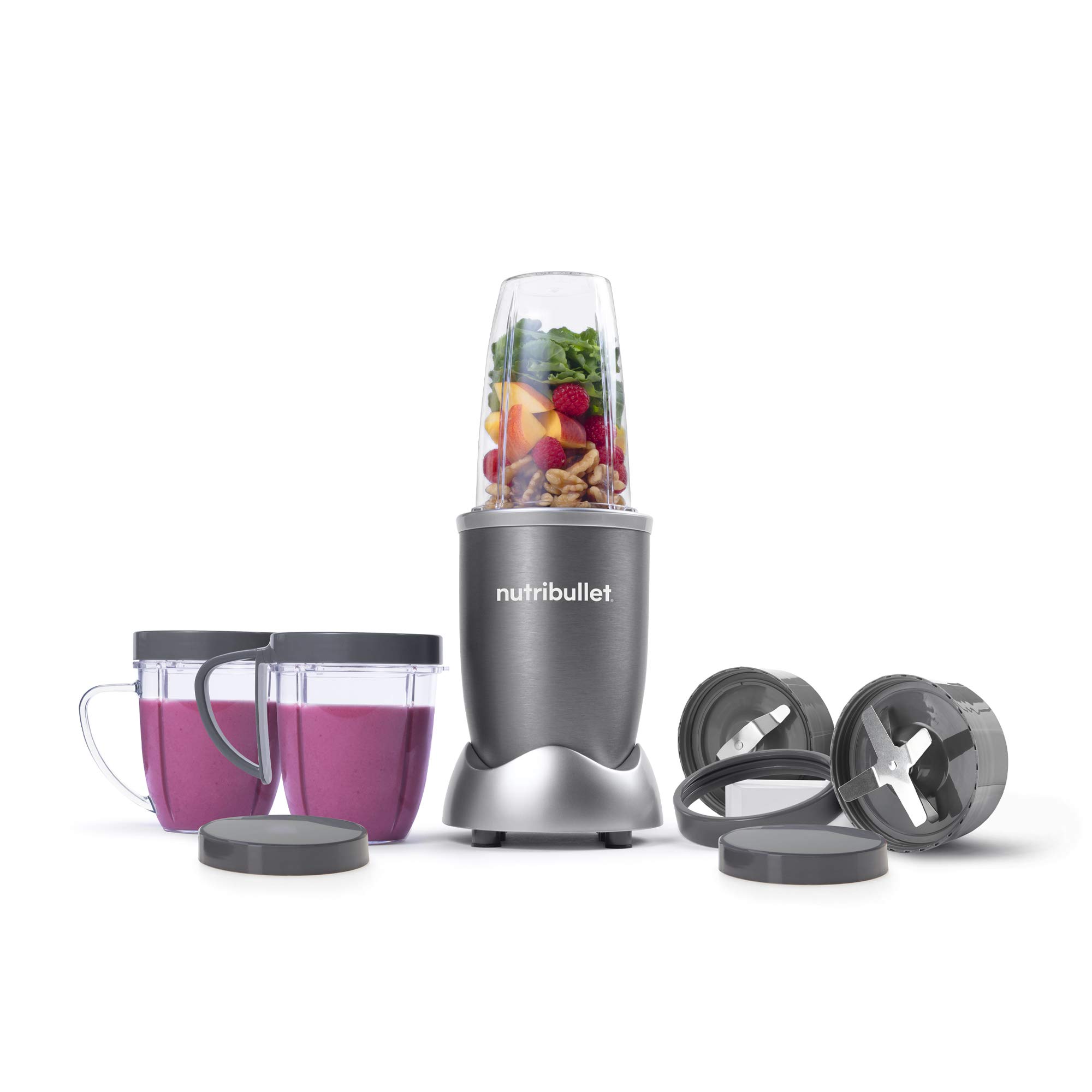
III. Blender Techniques for Blending Frozen Fruit
-
Layering Technique:
- When blending frozen fruit, utilizing the layering technique within the NutriBullet cup can enhance the blending process. Start by adding liquid to the cup, such as water or juice, followed by a small handful of frozen fruit. Repeat this layering process until the desired amount of fruit is added. This technique helps distribute the liquid more evenly and encourages smoother blending.
-
Pulsing Technique:
- Employing the pulsing technique during blending can be helpful when working with frozen fruit. Start by blending the fruit in short bursts or pulses, allowing the blades to gradually break down the frozen pieces. Continue this pulsing motion until the desired texture is achieved.
-
Shake and Blend Technique:
- Occasionally, the frozen fruit may stick together or become lodged around the blades during blending. To overcome this, gently shake the NutriBullet cup while the blender is in operation. This motion helps to dislodge any frozen pieces and ensures continuous blending of the fruit.
IV. Liquid Ingredients for Smooth Blending
-
Adding Sufficient Liquid:
- When blending frozen fruit, it is essential to include enough liquid to facilitate smooth blending. Insufficient liquid may result in an overly thick or chunky texture. Add water, juice, milk, or any other liquid of choice to create a desired consistency and ensure successful blending.
-
Gradually Incorporating Liquid:
- To achieve a smooth blend, consider gradually adding the liquid while the frozen fruit is being blended. Adding liquid in small increments can help prevent overwhelming the blender’s capacity and ensure proper distribution among the ingredients.
-
Adjusting Liquid Quantity:
- The amount of liquid required for blending will vary depending on personal preference and the specific fruits being used. Experimenting with different amounts of liquid can help achieve the desired texture and consistency in the final blended product.
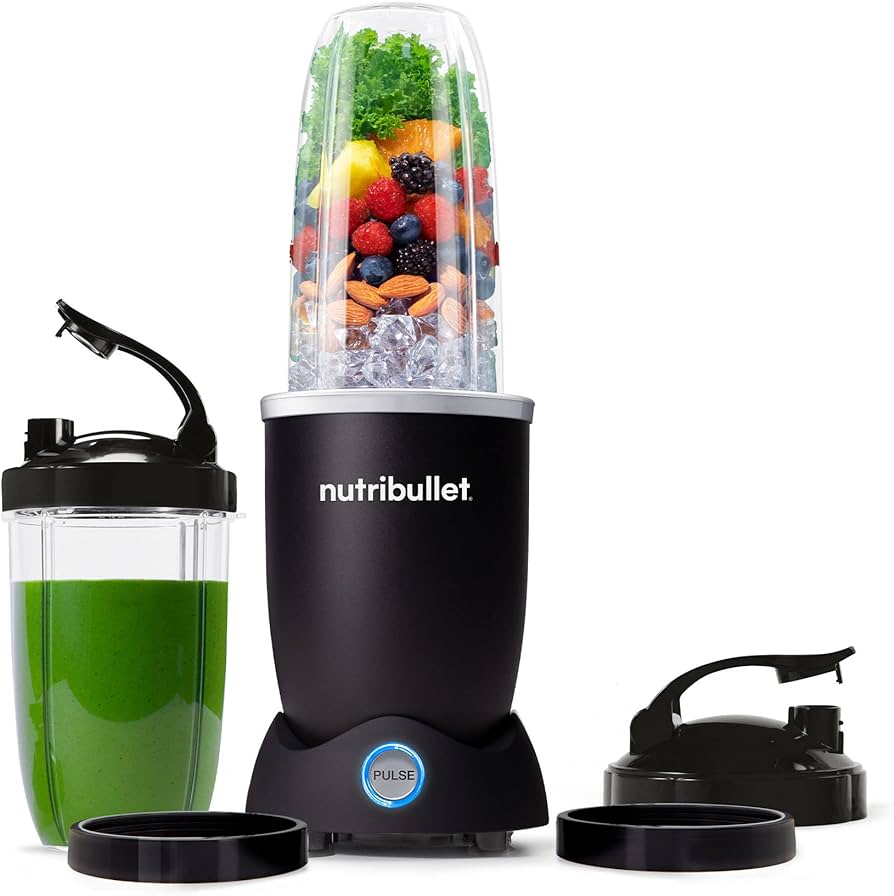
V. Tips for Optimal Results
-
Thawing Frozen Fruit:
- In certain instances, allowing the frozen fruit to thaw slightly before blending may improve blending efficiency. Thawing for a short period (10-15 minutes) can soften the fruit slightly, making it easier to blend smoothly.
-
Using Frozen Fruit as a Base:
- Utilizing frozen fruit as the base for smoothies can eliminate the need for additional ice. The frozen fruit will provide the desired thickness and chilliness, resulting in a refreshing and well-balanced beverage.
-
Chilling the Blender Cup:
- Before blending, consider placing the NutriBullet cup in the refrigerator for a few minutes. This step can help maintain the cold temperature of the frozen fruit during the blending process, ensuring a refreshing and cool final product.
VI. Recipe Variations and Inspirations
-
Single Fruit Blends:
- Experiment with blending individual frozen fruits, such as bananas, berries, mangoes, or peaches. These single-fruit blends can be enjoyed as refreshing treats or used as a base for more complex smoothie combinations.
-
Mixed Fruit Blends:
- Combine different types of frozen fruit to create a medley of flavors in your smoothies. Consider combinations like strawberry-banana, berry-mango, or tropical fruit blends to add depth and variety to your recipes.
-
Nutritious Additions:
- Enhance the nutritional profile of your frozen fruit blends by incorporating additional ingredients such as spinach, kale, flaxseeds, or protein powders. These additions can contribute to a well-rounded, nutrient-dense beverage.

VIII. cleaning and Maintenance Tips
-
Rinse Immediately:
- After blending frozen fruit, it’s important to rinse the NutriBullet blender cup and blades immediately. Rinse them under warm water to prevent the residue from sticking and becoming difficult to clean later on.
-
Use Dishwashing Liquid:
- For a more thorough clean, apply a small amount of mild dishwashing liquid to the cup and blades. Scrub them gently with a soft brush or sponge, paying extra attention to the areas with residue.
-
Avoid Submerging the Base:
- Never submerge the NutriBullet blender base in water or any other liquid. Instead, wipe it using a damp cloth to remove any spills or splatters. This helps prevent damage to the electrical components of the blender.
-
Dry Thoroughly:
- After cleaning, ensure that all components of the NutriBullet blender are completely dry before reassembling or storing them. Moisture can damage the blades and promote the growth of mold or bacteria.
-
Regular Blade Inspection:
- Periodically inspect the blades of your NutriBullet blender for signs of wear and tear. If they become dull or damaged, it’s important to replace them to maintain optimum blending performance.
IX. Safety Considerations
-
Blade Handling:
- Always exercise caution when handling the blades of the NutriBullet blender, especially when cleaning or removing them from the cup. Keep them stored in a safe place, away from the reach of children.
-
Overloading the Blender:
- It is important not to overload the NutriBullet blender with too much frozen fruit or other ingredients. This can strain the motor and reduce its efficiency, potentially leading to overheating or premature wear.
-
Unplug when Not in Use:
- When not in use, always unplug the NutriBullet blender from the power outlet to ensure safety and conserve energy.
-
Avoid Blade Contact:
- Be extra cautious to avoid contact with the blades while the blender is in operation. Never insert any utensils or objects into the blender cup while it’s connected to the power supply.
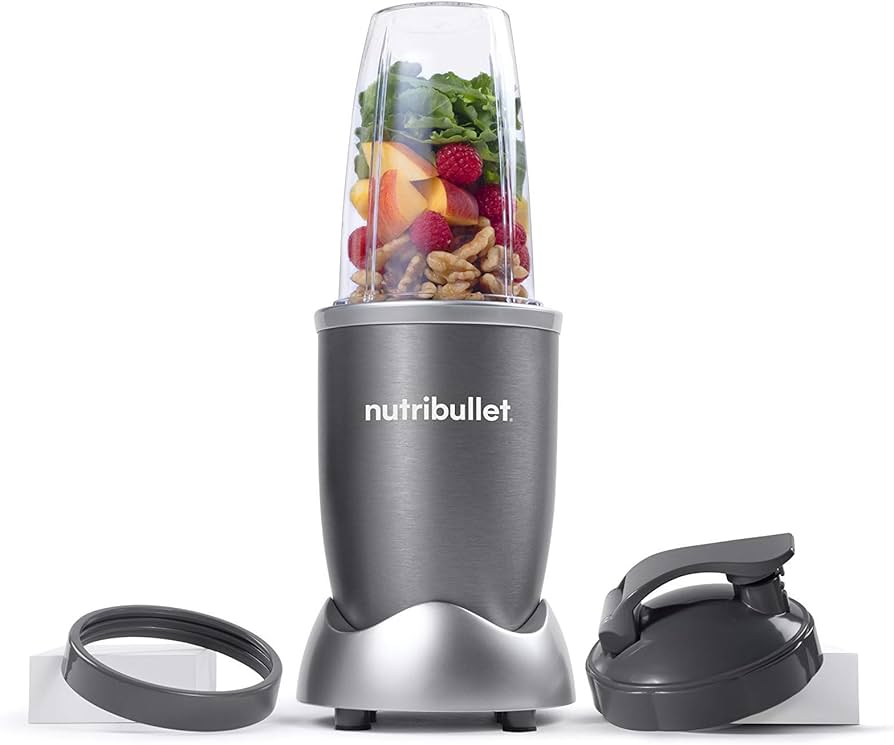
VII. Conclusion
The NutriBullet blender is fully capable of blending frozen fruit, thanks to its robust motor and durable blades. With proper freezing techniques, adequate liquid incorporation, and appropriate blending techniques, users can achieve smooth and creamy textures in their frozen fruit blends. By following the provided guidelines, experimenting with different fruit combinations, and incorporating personal preferences and inspirations, individuals can create delectable and nutritious beverages using their NutriBullet blender. Enjoy the convenience, versatility, and nutrition benefits that blending frozen fruit brings to your recipes.
